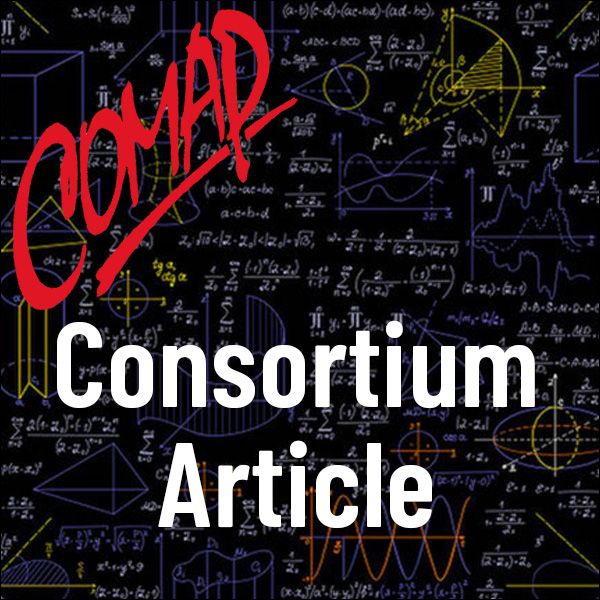Measuring Inequity
Author: Daniel Teague, John Goebel
The distribution of income in our society is a concept of ongoing interest to economists, politicians, public policy analysts, and other concerned individuals.
Each family and each unattached individual counts as one household with one income level. Suppose all families and unattached individuals are lined up according to their earnings for the year, from least income to greatest income. Starting at the least income level, we count off one-fifth of the total number of households. All of the households in this group fall into the lowest fifth in income level.
We continue counting households in order of increasing income and divide the number of households into the second, third, fourth, and highest fifths. The total income of each fifth, expressed as a percentage of the total income of all households, gives the percentage distribution for each fifth.
In 1994, the lowest fifth of all households earned 4.2% of all the income earned for that year. The second fifth earned 10.0% of all income, while the highest fifth of all households earned 46.9% of all income. Clearly, the distribution of income is not equitable. How can you measure just how unequitable it is? Given data about income distribution in two different years, we would like a numerical way to compare the extent to which one income distribution is more or less inequitable than another.

Mathematics Topics:
Application Areas:
You must have a Full Membership to download this resource.
If you're already a member, login here.